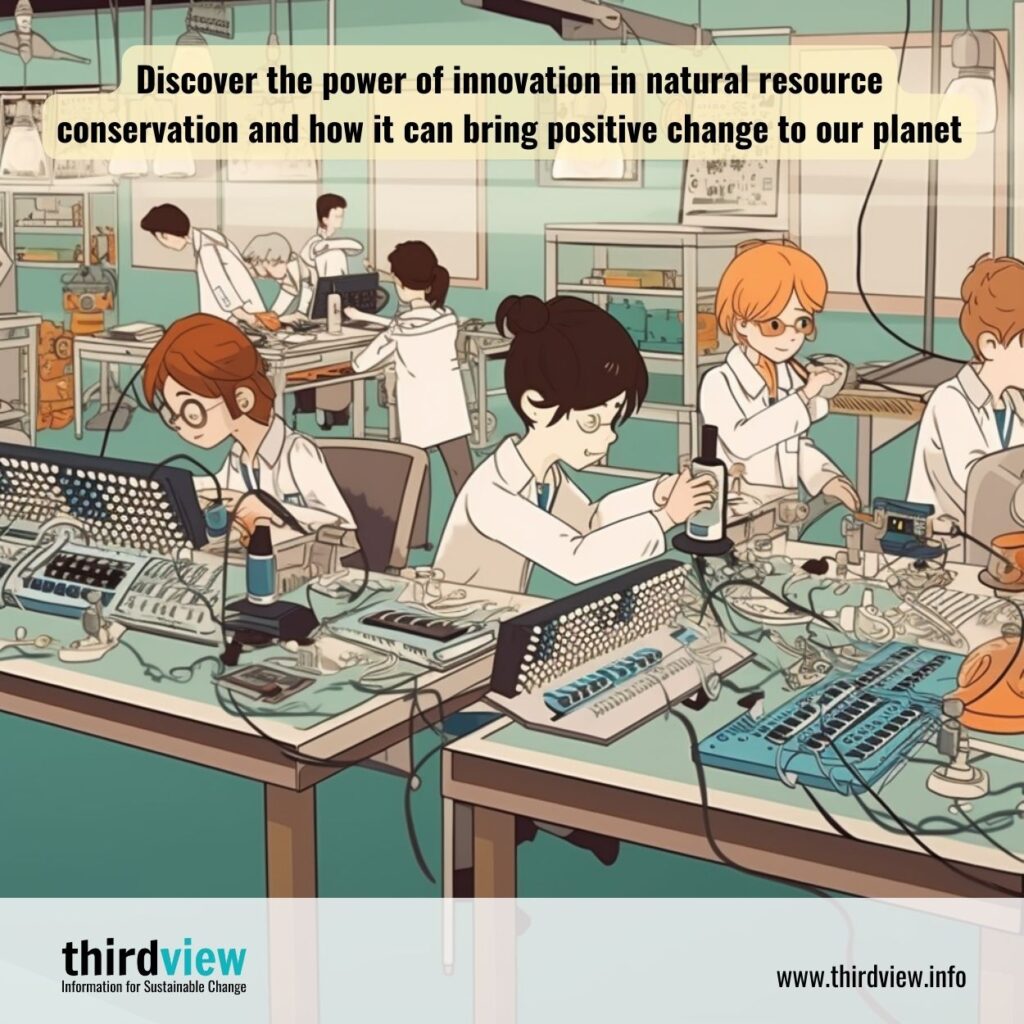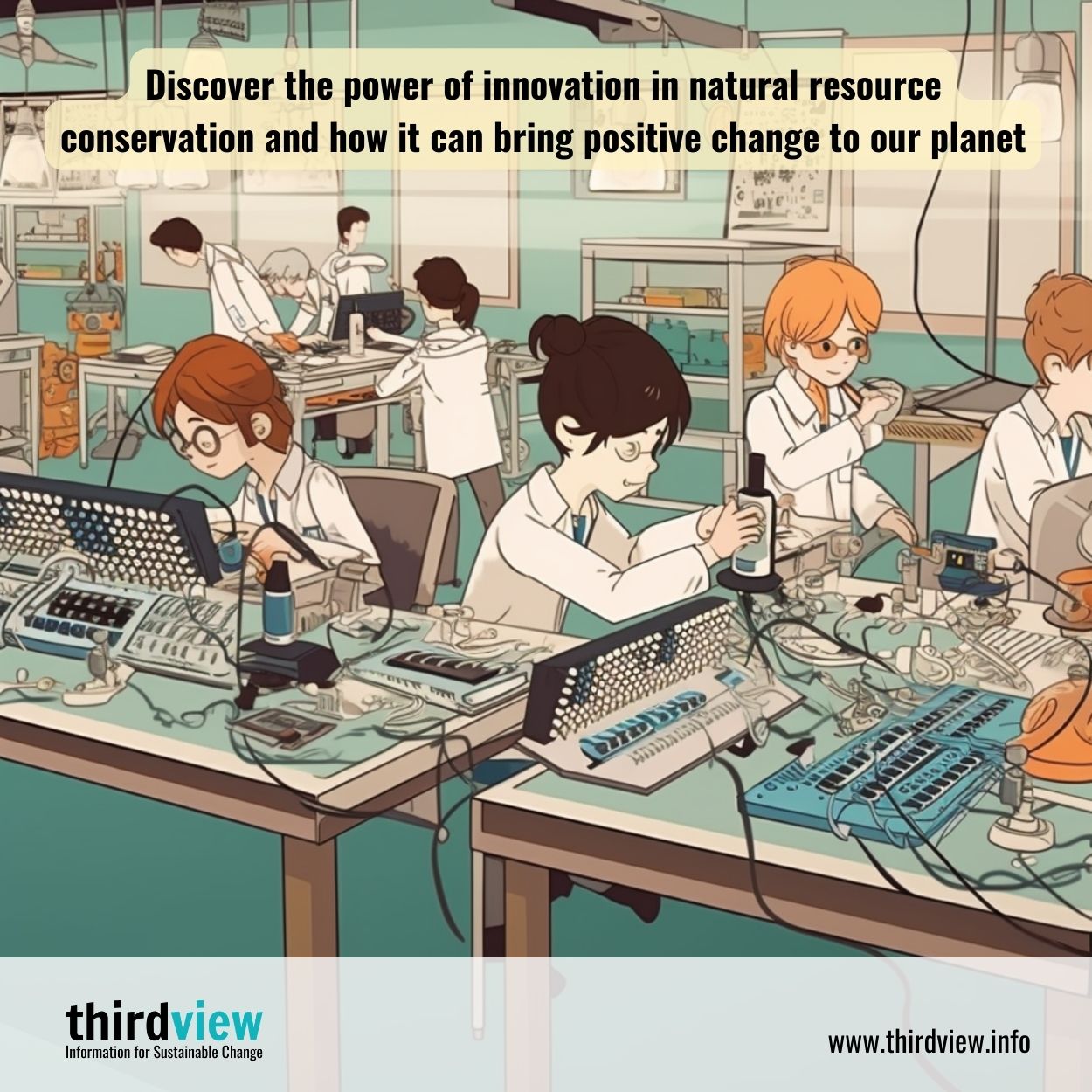Natural resource conservation has become integral to the very survival of our planet. The earth is facing an alarming rate of depletion of resources, from freshwater to forests, soil to minerals, and more. However, innovative solutions can play a significant role in addressing these challenges. We need to seek new strategies that prioritize conservation and create sustainable systems that balance human needs with the environment. In this blog post, we’ll explore innovative strategies for natural resource conservation that can bring positive change to the world we live in.
Investing in renewable energy
Renewable energy such as solar, wind, and water are sources that will never run out. They are eco-friendly, reduce greenhouse gas emissions, and have a much lower environmental impact compared to traditional fossil fuels. By investing in renewable energy, we can reduce our dependence on non-renewable sources, which means fewer natural resources are depleted for energy production. For instance, the US Department of the Interior has been investing in sustainable energy solutions that help it to protect and conserve natural resources while improving energy efficiency.
Sustainable agriculture practices
Food production places immense pressure on natural resources such as water, soil and energy. Sustainable agriculture practices such as crop rotation, agroforestry, and the use of organic manure can help reduce the impact of agriculture on natural resources and protect biodiversity. Farmers can also adopt precision farming techniques that use technology to improve the management and delivery of farm inputs, such as fertilizers and pesticides, reducing their environmental impact.
Developing green infrastructure
Green infrastructure refers to natural resources such as forests, parks, and watersheds that provide a range of ecosystem services such as reducing flood risks, absorbing carbon dioxide, improving air, soil, and water quality, and providing habitats for wildlife. Developing green infrastructure in urban and rural areas has enormous potential to conserve natural resources while improving quality of life. For instance, cities can develop green spaces like parks, rooftop gardens, and green roofs that reduce heat absorption and provide spaces for recreational activities. In rural areas, green infrastructure can provide habitats for wildlife, restore vegetation, and support sustainable agriculture.
Promoting circular economy
The circular economy is an economic model that seeks to reduce waste and conserve natural resources by keeping products, components, and materials at their highest value and utility throughout their lifecycle. In the circular economy, waste becomes a potential resource. Products at the end of their lifecycle are recycled, repaired, or repurposed into new products. This greatly reduces the demand for natural resources, conserving them for future generations.
Encouraging responsible consumerism
Finally, we must encourage responsible consumerism where consumers make informed choices that prioritize conservation. We should be conscious of the natural resources that are involved in the goods and services we use, their environmental impact and the practices of the companies that produce them. By choosing eco-friendly and sustainable products, we can show our support for natural resource conservation and drive positive change.
Innovative strategies for natural resource conservation are crucial to our survival and the survival of the planet. From investing in renewable energy and sustainable agriculture practices to developing green infrastructure and promoting a circular economy, there are many ways we can protect the environment while addressing our needs in a sustainable manner. By making small changes in our daily lives and supporting eco-friendly practices, we can help conserve precious natural resources and contribute to a more sustainable future.


